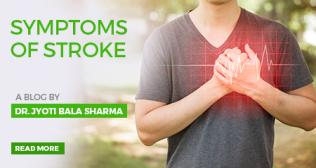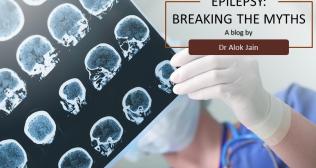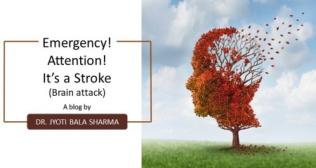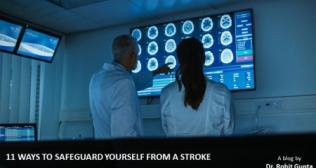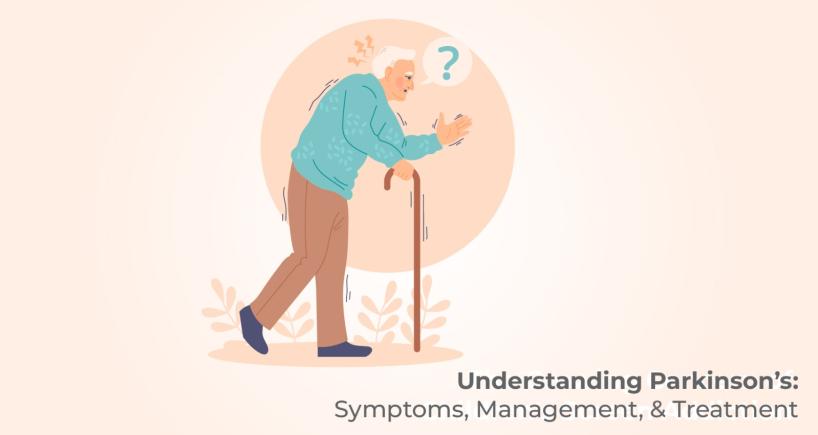
Understanding Parkinson’s: Symptoms, Management, and Treatment
Parkinson’s disease is a progressive neurodegenerative disorder that primarily affects movement control. It results from the loss of dopamine-producing neurons in the brain, which leads to a range of motor and non-motor symptoms. Understanding these symptoms, their management, and available treatments can significantly improve the quality of life for those affected.
Symptoms: Parkinson’s disease manifests through a combination of motor and non-motor symptoms. The most common motor symptoms include:
- Tremor: Often starting in one hand or arm, the tremor usually occurs when the limb is at rest. This is one of the most recognizable signs of Parkinson’s.
- Bradykinesia: This refers to slowness of movement, making everyday tasks like walking or writing challenging.
- Rigidity: Muscle stiffness can lead to reduced range of motion and discomfort.
- Postural Instability: Balance issues may arise, increasing the risk of falls.
Non-motor symptoms can be equally debilitating and include depression, anxiety, sleep disturbances, and cognitive changes. These symptoms can significantly impact daily functioning and quality of life.
Management: Managing Parkinson’s disease involves a multi-faceted approach aimed at alleviating symptoms and improving function. While there is no cure, various strategies can help manage the condition:
- Medication: The cornerstone of Parkinson’s treatment is medication. Levodopa, often combined with carbidopa, is the most effective drug for managing motor symptoms. Other medications, such as dopamine agonists and MAO-B inhibitors, may be used to complement levodopa or to treat symptoms when levodopa is not suitable.
- Physical Therapy: Tailored exercise programs can improve mobility, strength, and balance. Physical therapy helps patients maintain their independence and manage motor symptoms more effectively.
- Occupational Therapy: Occupational therapists assist with daily activities and recommend modifications to the home environment to enhance safety and ease of living.
- Speech Therapy: For individuals experiencing speech and swallowing difficulties, speech therapy can help improve communication and eating functions.
Treatment Advances: Recent advancements in Parkinson’s research offer hope for better management and potential future cures:
- Deep Brain Stimulation (DBS): This surgical treatment involves implanting a device that sends electrical impulses to specific brain regions. DBS can reduce motor symptoms in patients who do not respond well to medication alone.
- Gene Therapy: Emerging research into gene therapy aims to address the underlying causes of Parkinson’s at a genetic level, potentially offering long-term solutions.
- Stem Cell Therapy: Stem cell research holds promise for regenerating damaged neurons and restoring dopamine production, although this approach is still largely experimental.
Conclusion: Parkinson’s disease poses significant challenges, but with ongoing advancements in research and a comprehensive management approach, individuals can lead fulfilling lives. Early diagnosis and a tailored treatment plan are crucial in managing symptoms and improving quality of life. As research progresses, the hope for more effective treatments and a potential cure continues to grow.
Categories
Clear allMeet the doctor

- Neurology | Neurology
- Neurology | Interventional Neurology
-
16 Years
-
900










